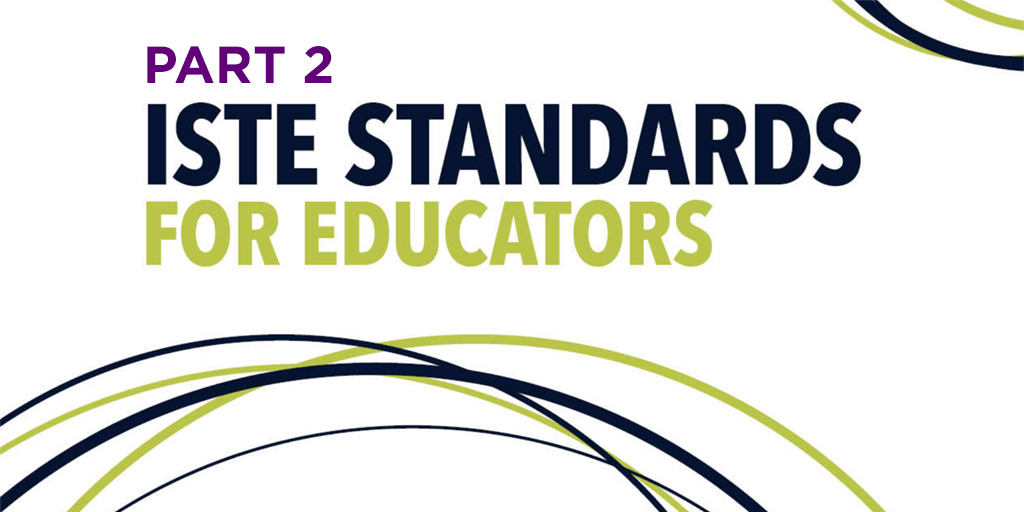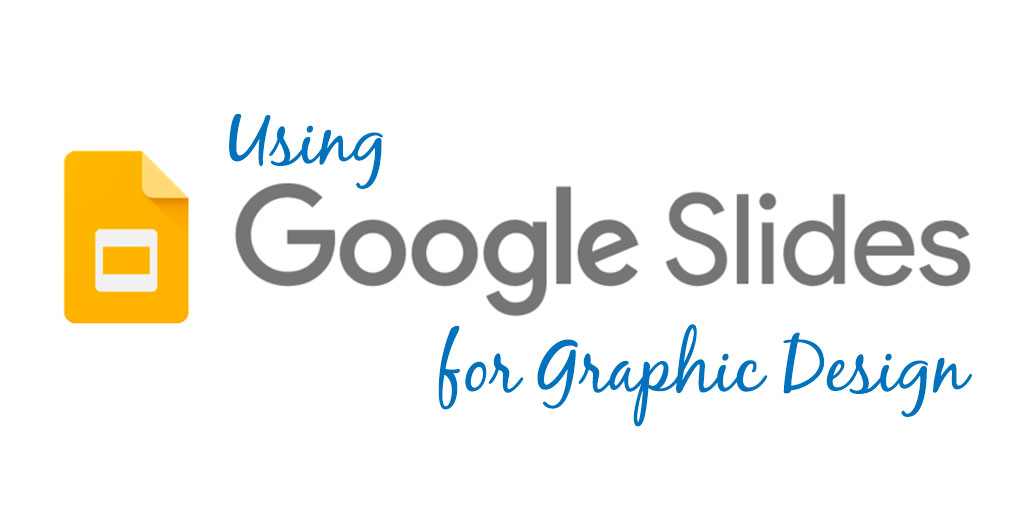Many of us probably remember wonderful days in our elementary classroom listening to stories read by our teacher. These stories, whether they were picture books in kindergarten or chapter books in fifth grade, were a major part of my upbringing in elementary school and one of my favorite times of the school day. I distinctly remember in fourth grade listening to Charlie and the Chocolate Factory and being sorely disappointed when we watched the movie and the details had changed. I had such a vivid picture in my head of the characters and setting. Our entire class had the collective language of the story that we could talk about and discuss.
Kelly Bielefeld

Recent Posts
The breadth of parent opinions on technology is very wide. Philosophies differ from parents who give their 4-year-old a phone and Instagram account to those who wait until high school for a student to have an email address and everything in between. Speaking as a current parent of children between the ages of 1 and 15, navigating this world of technology is hard.
There are no real guidelines or rules for how we should handle it all. With the experiences and exposure of kids being so varied, it can feel like a constant uphill battle—all of which schools should consider. As institutions, we hope to work with parents as partners to help their students become successful. I believe all parents know that the ability to use technology is an important future-ready skill. But the age that we begin and the depth that we go to—that is up for debate.
Topics: Administrator Resources, tips for teachers
Topics: Administrator Resources, tips for teachers
When a parent comes into school to discuss technology, they are typically not there to share positive feedback about all the recent wonderful integration lessons that have been going on in the classroom. It is usually just the opposite—concerns about how their student is accessing, using, overusing, or manipulating the technology in the classroom.
Although some of these concerns might be misplaced or lack knowledge about exactly what is going on, other concerns are very valid and need to be considered. So as a teacher or principal, it will be helpful to consider how to prepare for these concerns.
Topics: Education Technology, tips for teachers
Teachers who are blessed with an assortment of technology in their classroom probably use it often—we are more likely to use something if it is readily available to us. But like any new tool, as we start to gain expertise and comfort with it, we use it more and more. And as we settle into a pattern of use with the technology, we probably feel as though it would be hard to live without.
But even if this is the case and usage is very high, teachers may find themselves in a groove, maybe even a rut, when it comes to how they use technology in their classroom. We limit ourselves to using the tool in ways that we already know and think less about the ways that we could be using it.
Topics: classroom assessment, Whole-Class, tips for teachers
Topics: Education Technology, tips for teachers
In part one of this series, we did a quick rundown of the ISTE standards. Looking closer at these standards, you’ll learn how they can help students to engage, and even more importantly, to think. Don’t be deceived—just because ISTE is a technology organization, the standards are about good teaching and not just about how we use technology in the classroom.
Topics: Administrator Resources, tips for teachers
Teachers in our neck of the woods tend to use the state standards to guide their lesson planning—and for good reason. The state tests that we take align to these standards, much like they do in other states that have adopted the Common Core standards. There are so many of these standards, we tend to stop there and not look any further when it comes to breaking them down.
Topics: Administrator Resources, tips for teachers
Change in technology can be hard. The time investment from teachers that goes into developing and creating materials can’t be understated. So when we make decisions about changing technology, we should take this into consideration.
Topics: tips for teachers
Student Feedback Part Three: Moving Students Through Learning
So far in our feedback series, we’ve discussed general types of student feedback as well as best practices for feedback in the classroom. In thinking about how feedback shapes a classroom, I have changed my understanding of what quality feedback really means. It is much more than responses to students, and it is even more than comments back to them when correcting their work. It is a response to learning moments that move students deeper into their learning.
Topics: Administrator Resources, tips for teachers











